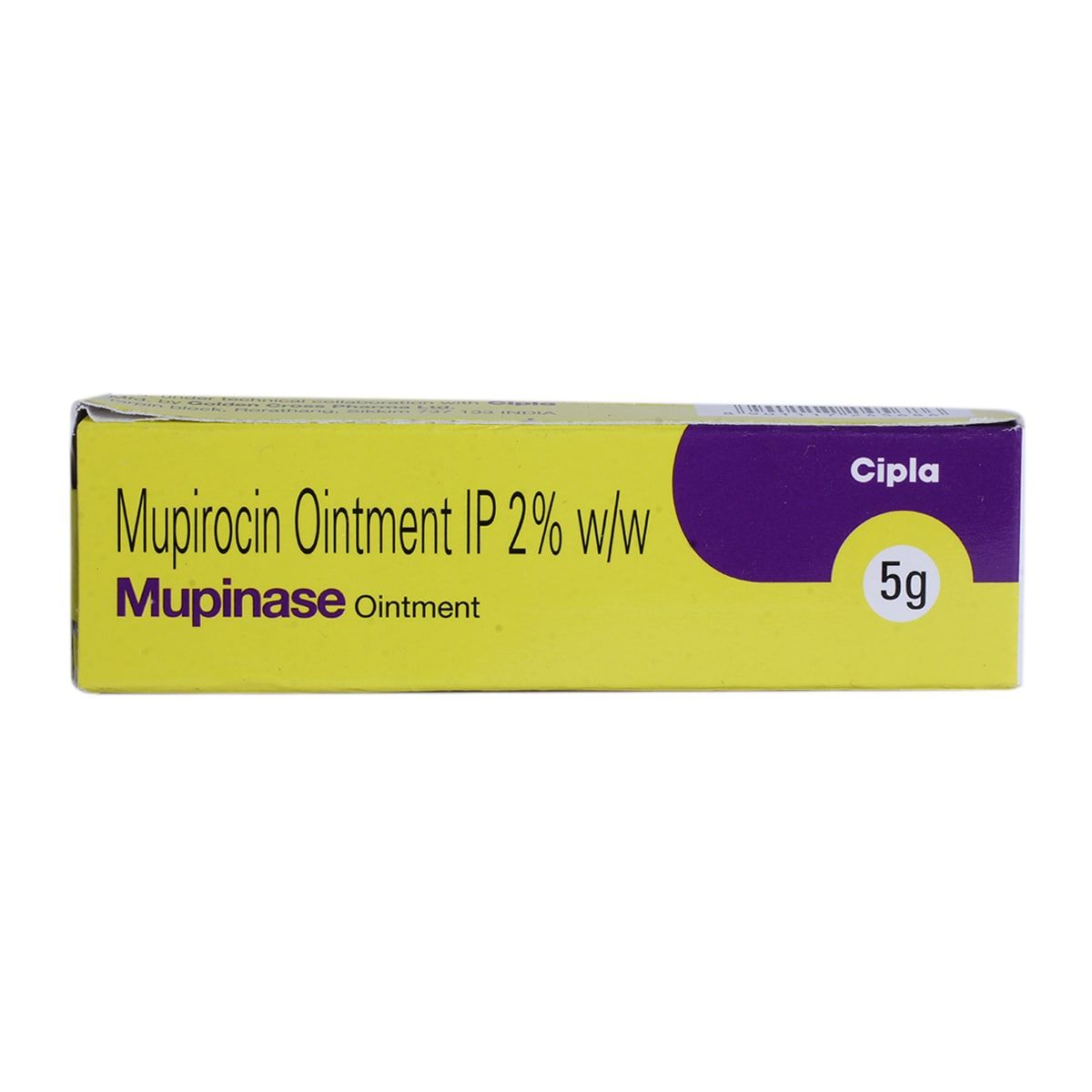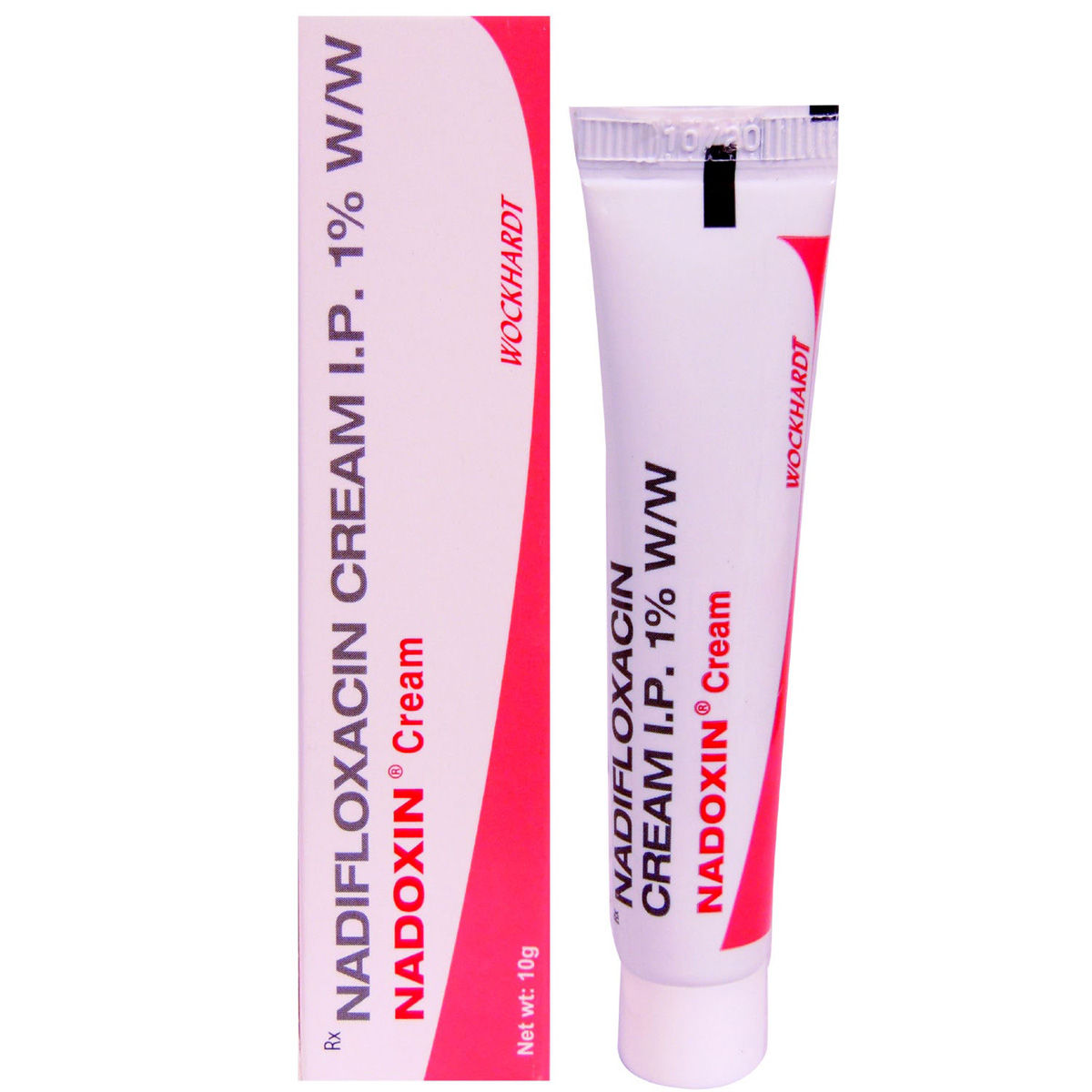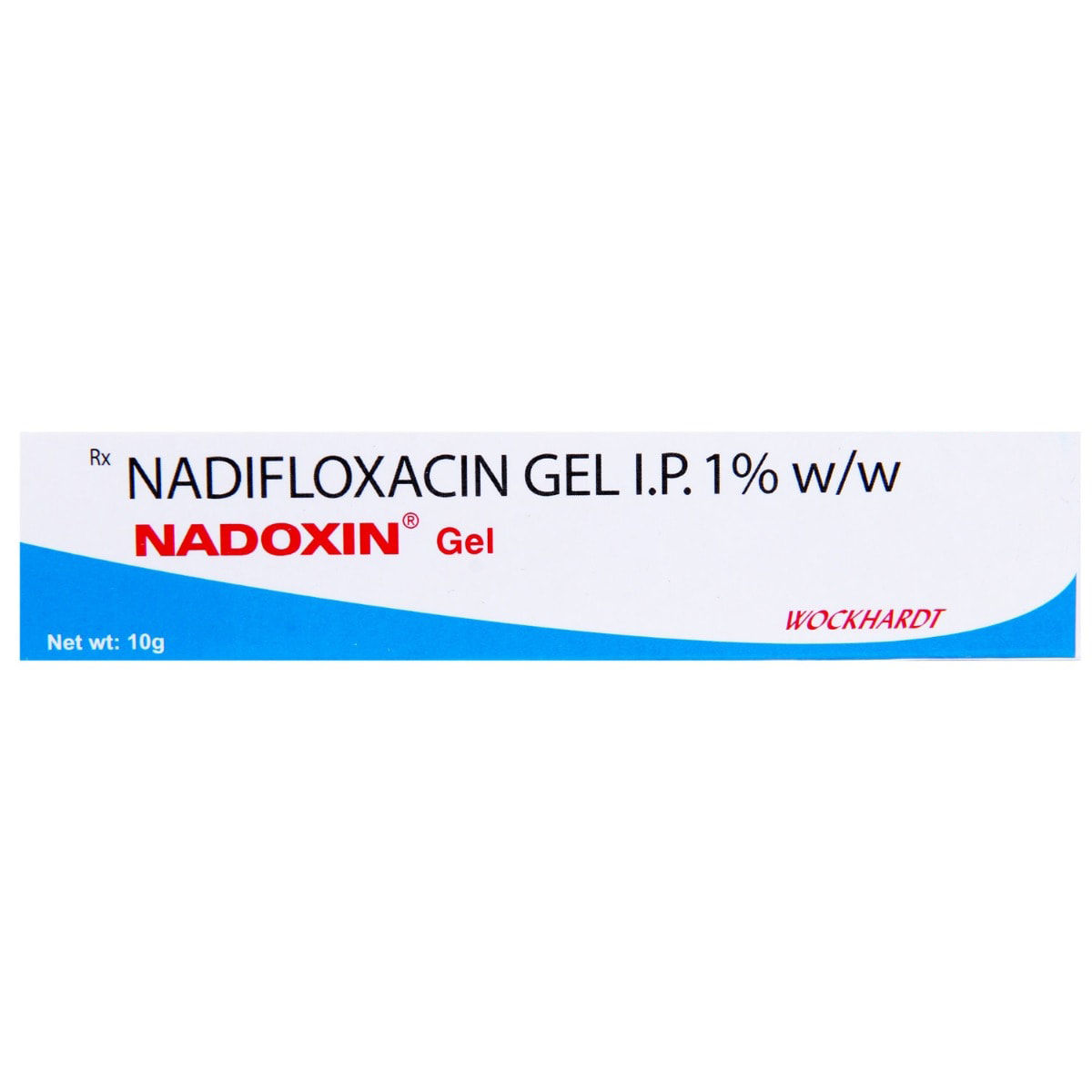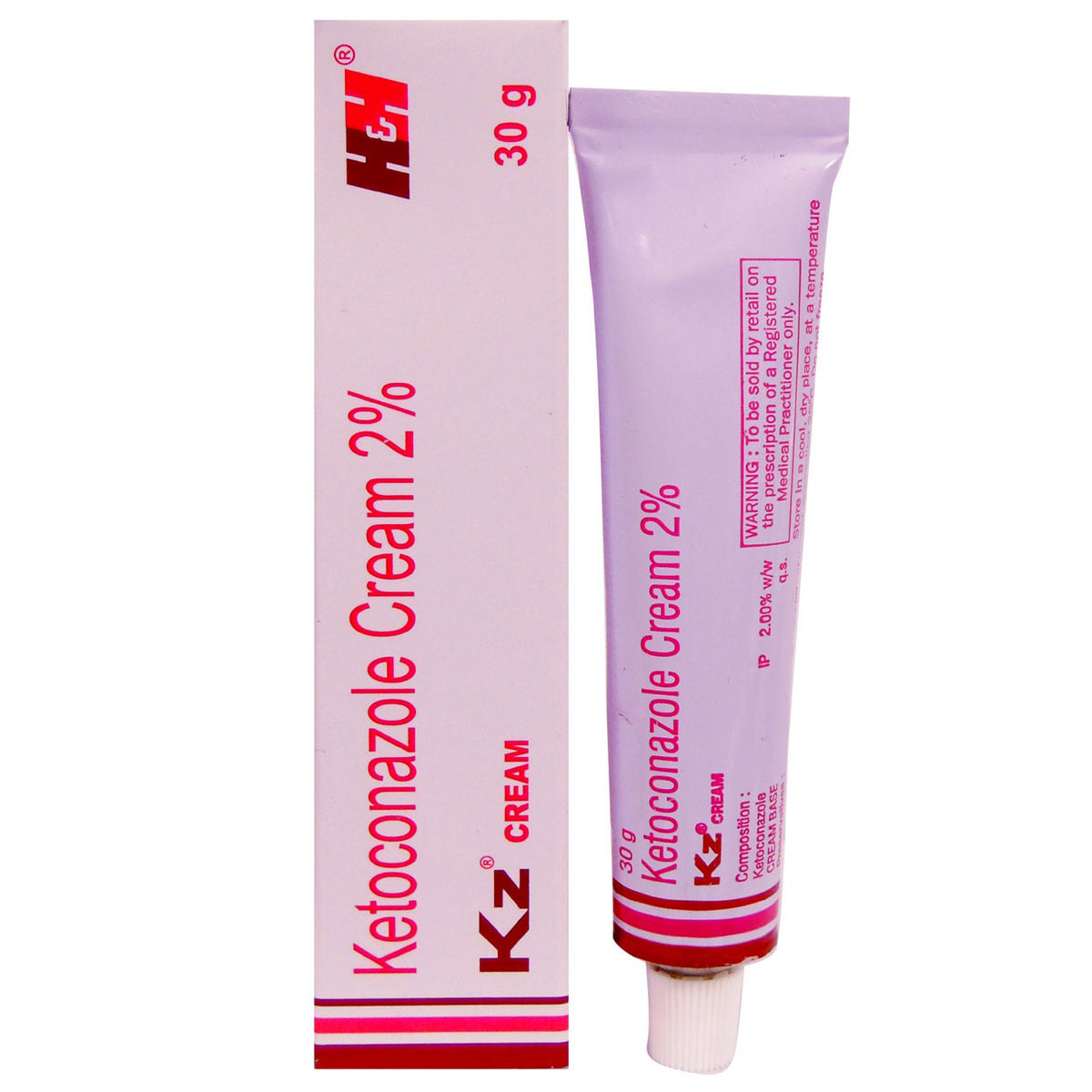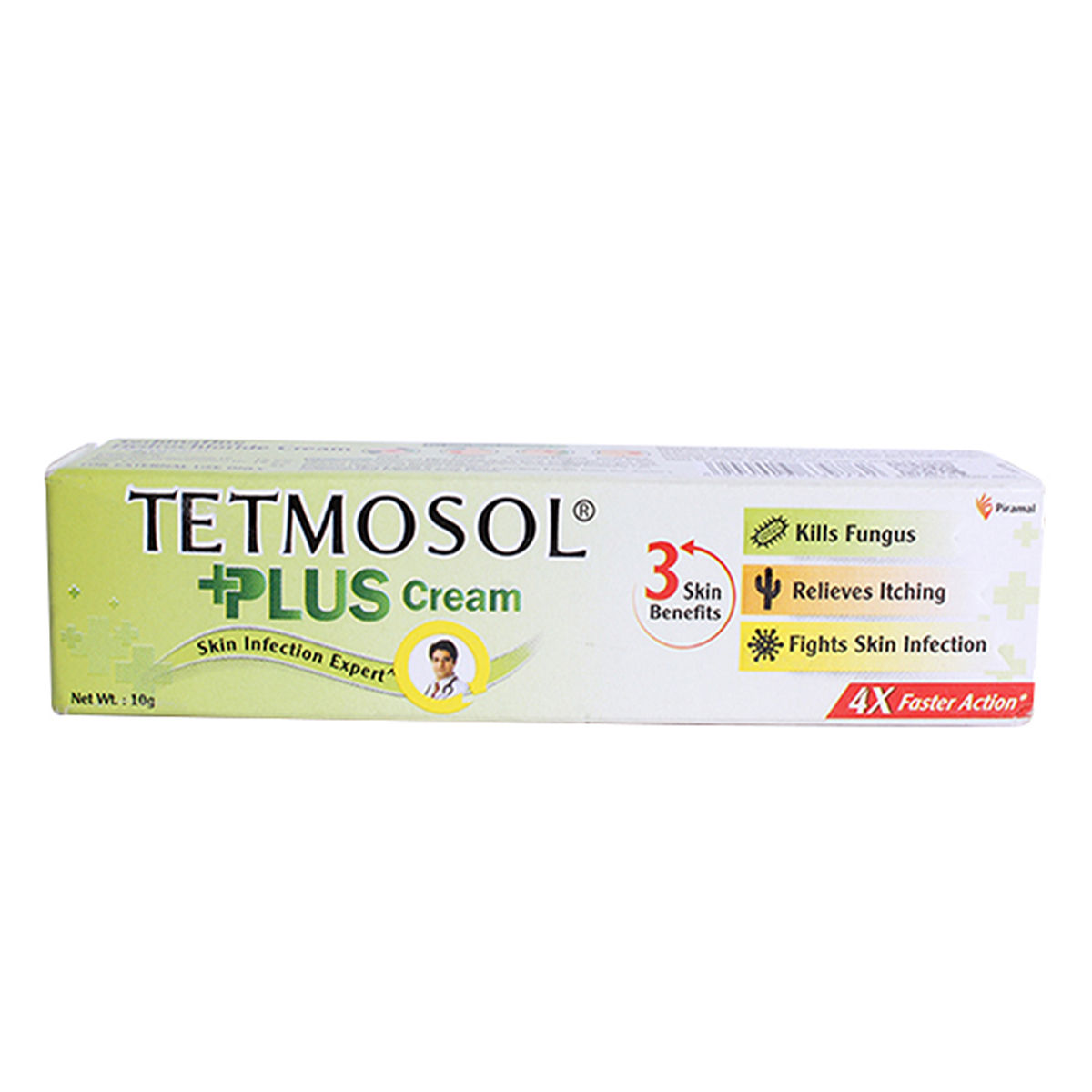T-Bact 2% Cream 10 gm

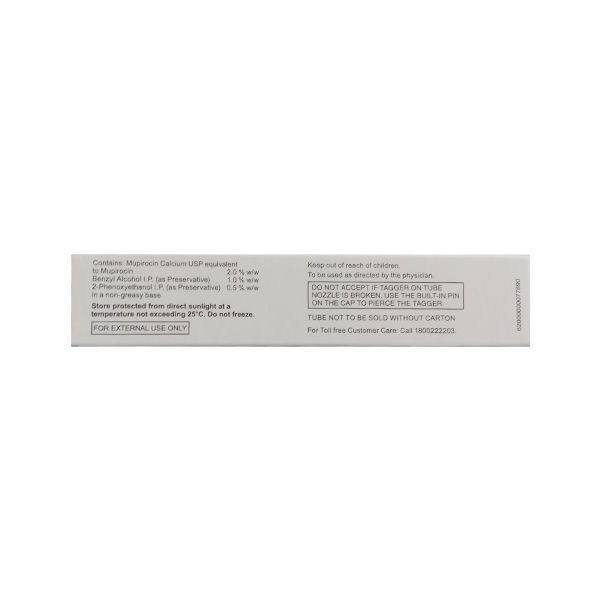

₹204.3*
MRP ₹227
10% off
(Inclusive of all Taxes)
GetFREE deliveryon this order with circle membership
Selected Pack Size:10 gm
10 gm ₹204.3
(₹20.43 / 1 gm)
In Stock
7.5 gm ₹204.3
(₹27.24 / 1 gm)
Out of stock
Know Your Delivery Time
Provide Delivery Location
Available Offers

Secure Payment

India's Most Trusted Pharmacy

Genuine Products
Composition :
Manufacturer/Marketer :
Consume Type :
Return Policy :
Expires on or after :
About T-Bact 2% Cream
T-Bact 2% Cream is a novel topical antibiotic used to treat skin infection 'impetigo' caused by bacteria, namely Staphylococcus aureus and Streptococcus pyogenes. A bacterial infection is a condition in which bacteria grow in the body and cause infection. It can target any body part and multiple very quickly.
T-Bact 2% Cream works by stopping the production of proteins needed for bacterial surveillance. It is also active against Gram-negative organisms such as Escherichia coli and Haemophilus influenza. However, it is not effective against fungal or viral infections and should not be applied to burnt skin areas and open-cut wounds.
T-Bact 2% Cream should only be used if your doctor advises you to do so. It is not recommended for children below 2 months of age. T-Bact 2% Cream should be used for skin only, and if it accidentally gets into your eye, mouth, or nose, rinse with water. T-Bact 2% Cream should be applied to the affected area with a piece of clean cotton wool or gauze swab. T-Bact 2% Cream should not be applied more than the recommended dose, to avoid unpleasant side effects. Also, the course should be completed even if you feel better, as it is an antibiotic. Some common side effects of T-Bact 2% Cream are burning, itching, redness, stinging and dryness on your skin in the place where T-Bact 2% Cream is applied. Sensitive allergic reactions (skin hypersensitivity reactions) like rashes, itching, swelling, and shortness of breath can occur in rare cases. Please consult your doctor if an allergic reaction becomes severe.
Tell your doctor if you are known to be allergic to T-Bact 2% Cream or any other medicines. It is not known whether T-Bact 2% Cream harms the baby or passes into breast milk. It is better to contact a doctor before using T-Bact 2% Cream during pregnancy and while breastfeeding.
Uses of T-Bact 2% Cream
•Treatment of Acne: T-Bact 2% Cream helps to clear acne by reducing inflammation and bacterial growth, resulting in clearer skin.
•Management of Bacterial skin Infections: T-Bact 2% Cream treats localized bacterial skin infections by promoting faster healing and symptom relief.
•Impetigo: T-Bact 2% Cream can also be used to treat impetigo, a highly contagious skin infection, by reducing bacterial growth and promoting healing.
•Wound Care: T-Bact 2% Cream is used in wound care to help treat and prevent bacterial infections by promoting a healthy environment for wounds to reduce the risk of infection and support the healing process.
•Eczema and Dermatitis Relief: T-Bact 2% Cream helps to relieve eczema and dermatitis symptoms by reducing irritation and preventing bacterial infections, promoting healthier skin.
•Post-Surgical Care: T-Bact 2% Cream is applied to stitched areas after surgery to reduce infection risk and support the healing process.
Directions for Use
Apply a small amount of T-Bact 2% Cream, with a cotton swab or gauze pad to the affected area of the skin as per the dosage prescribed by your doctor
Key Benefits
T-Bact 2% Cream is widely used to treat skin infections caused by specific bacteria. This medicine works by killing bacteria or preventing their growth.
How T-Bact 2% Cream Works
Storage
- Hydrate your body: Drink enough water to prevent dehydration and headaches.
- Calm Your Mind: Deep breathing and meditation can help you relax and relieve stress.
- Rest and Recharge: Sleep for 7-8 hours to reduce headache triggers.
- Take rest: lie down in a quiet, dark environment.
- Cold or warm compresses can help reduce tension.
- Stay Upright: Maintain good posture to keep symptoms from getting worse.
- To treat headaches naturally, try acupuncture or massage therapy.
- Over-the-counter pain relievers include acetaminophen and ibuprofen.
- Prescription Assistance: Speak with your doctor about more substantial drug alternatives.
- Severe Headaches: Seek emergency medical assistance for sudden, severe headaches.
- Frequent Headaches: If you get reoccurring headaches, consult your doctor.
- Headaches with Symptoms: Seek medical attention if your headaches include fever, disorientation, or weakness.
- Skin rash caused by allergies is due to irritants or allergens. Therefore, avoid contact with such irritants.
- Consult your doctor for proper medication and apply an anti-itch medication. Follow the schedule and use the medication whenever needed.
- Protect your skin from extreme heat and try to apply wet compresses.
- Soak in the cool bath, which gives a soothing impact to the affected area.
- Inform your doctor about the nausea and discuss possible alternatives to the medication or adjustments to the dosage.
- Divide your daily food intake into smaller, more frequent meals to reduce nausea.
- Opt for bland, easily digestible foods like crackers, toast, plain rice, bananas, and applesauce.
- Avoid certain foods that can trigger nausea, such as fatty, greasy, spicy, and smelly foods.
- Drink plenty of fluids, such as water, clear broth, or electrolyte-rich beverages like coconut water or sports drinks.
- Use ginger (tea, ale, or candies) to help relieve nausea.
- Get adequate rest and also avoid strenuous activities that can worsen nausea.
- Talk to your doctor about taking anti-nausea medication if your nausea is severe.
- Record when your nausea occurs, what triggers it, and what provides relief to help you identify patterns and manage your symptoms more effectively.
- Report the itching to your doctor immediately; they may need to change your medication or dosage.
- Use a cool, damp cloth on the itchy area to help soothe and calm the skin, reducing itching and inflammation.
- Keep your skin hydrated and healthy with gentle, fragrance-free moisturizers.
- Try not to scratch, as this can worsen the itching and irritate your skin.
- If your doctor prescribes, you can take oral medications or apply topical creams or ointments to help relieve itching.
- Track your itching symptoms and follow your doctor's guidance to adjust your treatment plan if needed. If the itching persists, consult your doctor for further advice.
- Apply moisturizer immediately after showering or bathing.
- Use a moisturizer containing lanolin, petroleum jelly, glycerine, hyaluronic acid or jojoba oil.
- Do not use hot water for bathing. Instead use warm water and limit showers and bath to 5 to 10 minutes.
- Apply a sunscreen with SPF-30 or higher.
- Avoid harsh soaps, detergents and perfumes.
- Do not scratch or rub the skin.
- Drink adequate water to prevent dehydration.
- Wear pants, full sleeves and a wide-brimmed hat while going out in the sun.
- Consult your doctor if you experience skin redness, itching, or irritation after taking medication.
- Your doctor may adjust your treatment plan by changing your medication or providing guidance on managing your erythema symptoms.
- Your doctor may recommend or prescribe certain medications to help alleviate symptoms.
- Apply cool compresses or calamine lotion to the affected skin area to reduce redness and itching.
- Stay hydrated by drinking plenty of water to help alleviate symptoms and keep your skin hydrated.
- Monitor your skin condition closely and promptly report any changes, worsening symptoms, or concerns to your healthcare provider.
- Consult and seek guidance from a doctor or healthcare expert to determine the cause and best course of treatment.
- Avoid harsh products, extreme temperatures, and other potential irritants that may exacerbate the issue.
- Depending on the location and severity of the burning, your healthcare professional may recommend applying a soothing or protective agent, such as a cream, gel, or ointment.
- Keep the affected area clean to promote healing and prevent further irritation.
- Schedule follow-up appointments with your healthcare professional to monitor your symptoms and adjust your treatment plan as needed.
- If the burning or irritation persists or worsens, seek medical attention for further guidance and treatment.
What if I have taken an overdose of T-Bact 2% Cream
Drug Warnings
Clostridium difficile-associated diarrhoea (CDAD) has been reported while using major topical antibacterial products. If CDAD is suspected or confirmed, the ongoing treatment of T-Bact 2% Cream should be discontinued. T-Bact 2% Cream should be stopped if irritation, severe itching, or skin rash occurs. If there is no improvement observed in 3-5 days, contact your doctor. T-Bact 2% Cream should be used with caution in children less than 2 months of age. Prolonged use of T-Bact 2% Cream may result in the overgrowth of fungi. Rinse with water in a case T-Bact 2% Cream accidentally enters your nose, eyes, or mouth. A separate product of nasal is available for use in the nose. T-Bact 2% Cream topical is for use only on the skin. Do not apply on the burnt skin or open cut wound.
Drug-Drug Interactions
Drug-Drug Interactions
Login/Sign Up
Drug-Food Interactions
Drug-Food Interactions
Login/Sign Up
Habit Forming
Therapeutic Class
T-Bact 2% Cream Substitute

Supercin 2% Ointment 5 gm
by Others
₹22.70per tabletT Bact Ointment 15 gm
by Others
₹19.52per tabletT Bact Ointment 5 gm
by Others
₹19.98per tabletMupi Ointment 5 gm
by Others
₹19.98per tabletMupimet 2% Ointment 10 gm
by Others
₹20.43per tablet
Product Substitutes
Alcohol
Safe if prescribed
No reported interaction with T-Bact 2% Cream. But, It is best to avoid alcohol while taking medication.
Pregnancy
Safe if prescribed
T-Bact 2% Cream is a category B pregnancy drug. Limited human data suggests that the drug does not represent any significant risk to the baby.
Breast Feeding
Safe if prescribed
Whether T-Bact 2% Cream enters breast milk is unknown. Before using this medication, let your doctor know if you are nursing a baby. Before nursing your child, you must thoroughly wash the area if you are applying T-Bact 2% Cream to the breast or nipple.
Driving
Safe if prescribed
T-Bact 2% Cream has no or negligible influence on the ability to drive or use machines.
Liver
Safe if prescribed
T-Bact 2% Cream has no reported interaction; hence, if you experience any difficulty, discuss it with your doctor.
Kidney
Safe if prescribed
T-Bact 2% Cream does not have any reported interaction; hence, in case you experience any difficulty, discuss it with your doctor.
Children
Safe if prescribed
T-Bact 2% Cream can be given safely to children provided; dose has been prescribed by a child specialist. However, T-Bact 2% Cream should not be used in children less than 2 months of age.
FAQs
T-Bact 2% Cream is a novel topical antibiotic used to treat skin infection 'impetigo' caused by bacterias namely Staphylococcus aureus and Streptococcus pyogenes.
Your symptoms may improve before the infection is completely cured. But, it would be suggested to complete the full course of treatment even if you feel better.
Exercise caution while using this medicine for treating skin with any open wounds unless suggested by your doctor. Not be used around eyes or nose.
Apply a small amount of T-Bact 2% Cream, with a cotton swab or gauze pad to the affected area of the skin as per the dosage and schedule prescribed by your doctor.
Apply the missed dose as soon as you remember. Skip the missed dose if it is almost time for your next dose. Do not use extra medicine to make up for the missed dose.
Antibiotic medicines can cause diarrhoea, which may be a sign of a new infection. If you have diarrhoea that is watery or bloody, call your doctor. Do not use anti-diarrheal medicine unless your doctor tells you to.
Country of origin
Manufacturer/Marketer address
Alternatives
Similar Products
Disclaimer
Author Details
We provide you with authentic, trustworthy and relevant information



























